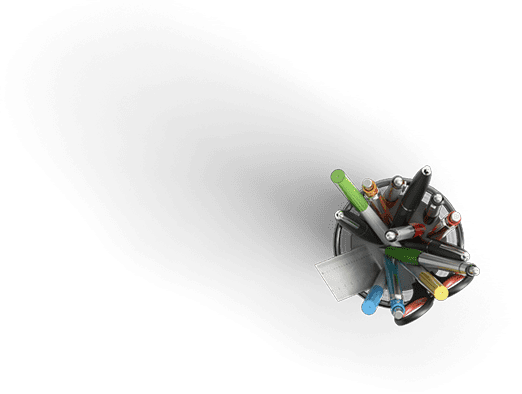CPSS 370 University of Phoenix Classifications of Offenders Discussion
Description
Can you respond to this discussion:
There are three different classifications of offenders: low risk, medium risk, and high risk. Each of these classifications have different rates of recidivism. As risk increases, the likelihood of recidivism also increases. Offenders of different risk levels also have different needs when it comes to treatment and supervision. Assessments are helpful as they help define offenders’ risks and the levels of support they may need. One example of how needs differ is with a high and low-risk offender. A high-risk offender would need more supervision as they are more likely to re-offend while a low-risk offender would need less supervision. If a low-risk offender was preparing to reenter society but was ordered to have constant supervision then it would be difficult for them to receive the support they needed to successfully reenter society. When high-risk offenders are placed with low-risk offenders there is the possibility that low-risk offenders will positively influence high-risk offenders and help them to change. The services received by low-risk offenders can be helpful to everyone, but high-risk offenders may need additional support that low-risk offenders are not receiving (Basanta et al., 2018). Supervision and support tie to their direct next steps as well as their futures. It is important that risk levels are taken into account when determining the best care for offenders so that they can be successful when they renter society and begin to reintegrate.
Basanta, J. L., FariF F., & Arce, R. (2018). Risk-Need-Responsivity Model: Contrasting criminogenic and noncriminogenic needs in high and low risk juvenile offenders. Children and Youth Services Review, 85, 137-142.

Have a similar assignment? "Place an order for your assignment and have exceptional work written by our team of experts, guaranteeing you A results."








